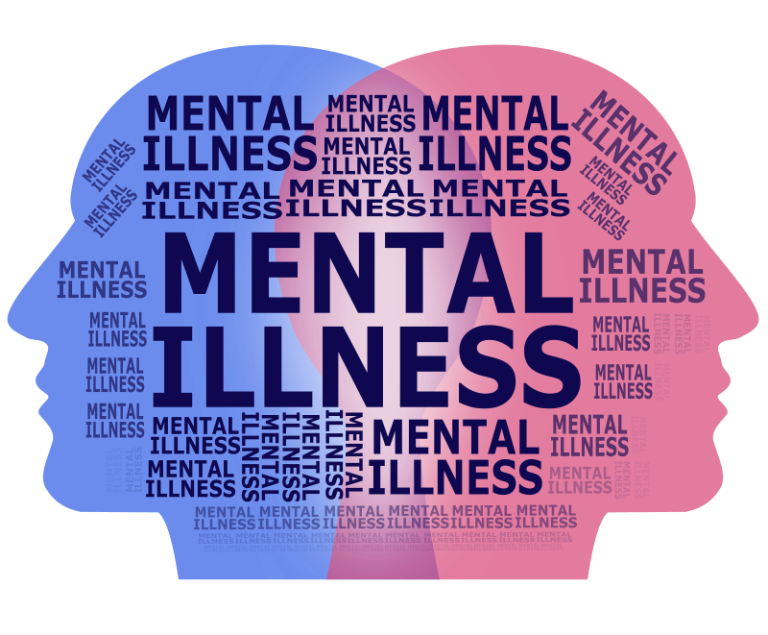Distress Tolerance: A Missing Link Across BPD, Addiction, and Eating Disorders?
-
by
Dr Constantina Katsari
- No Comments on Distress Tolerance: A Missing Link Across BPD, Addiction, and Eating Disorders?
For carers supporting loved ones with Borderline Personality Disorder (BPD), it can be hard to understand why intense emotions so often lead to risky behaviour. A major new study by Mattingley et al. (2022) helps explain this. It shows that many people with BPD, addiction, or eating disorders struggle with something called distress tolerance—the ability to cope with emotional pain without making things worse.
The researchers looked at 81 studies with over 41,000 people. They found that when someone has a harder time tolerating emotional distress, they are more likely to show impulsive or harmful behaviours. This pattern held true for BPD, substance use, and eating problems. It didn’t matter what the diagnosis was—low distress tolerance played a key role across the board.
What is Distress Tolerance?
Distress tolerance (DT) means being able to feel painful emotions without panicking or acting in ways that cause harm. Someone with low DT might react to emotional stress by hurting themselves, using drugs or alcohol, binge eating, or withdrawing. It’s not that they want to act out; it’s that the emotional pain feels unbearable, and they haven’t learned another way to cope.
This is different from emotion regulation, which is about changing how we feel. Distress tolerance is more about staying with the emotion until it passes, even if it’s uncomfortable.
What the Study Found
- People with BPD symptoms had the strongest link to low DT. These individuals often struggle with intense emotional swings, and low DT may make it harder to manage those emotions safely.
- People with eating problems, like bingeing or purging, also had low DT. They might use food to distract or numb themselves from distress.
- People with substance use issues showed a similar pattern, turning to alcohol or drugs when emotions become overwhelming.
Across all these groups, the link between distress intolerance and harmful behaviour was consistent and strong. One key finding was that people’s own self-reports of their distress tolerance were better predictors of problems than lab-based tests. This means that how someone feels about their ability to cope may matter more than how they perform in a task.
Age Matters Too
The connection between distress intolerance and harmful behaviour was stronger in adults than in teenagers. This might be because teens are still developing the brain systems involved in managing emotion. Still, the link was there in both age groups, which means teaching DT skills early could help prevent problems from getting worse over time.
Also important: the results were the same in both clinical and non-clinical settings. This shows that distress intolerance can show up even before a diagnosis is made, making it a useful target for early support.
Why This Matters for Carers
As a carer, you may often see the results of low distress tolerance: outbursts, risk-taking, self-harm. This research confirms that these behaviours are not about attention-seeking or manipulation—they’re often about escaping unbearable emotional pain.
Here’s what can help:
- Validate your loved one’s emotional pain instead of trying to fix it immediately.
- Offer simple grounding techniques like deep breathing, holding ice, or naming five things they can see or hear.
- Don’t jump in too fast to “rescue” them. That can accidentally reinforce the idea that they can’t cope.
Encouraging them to build distress tolerance skills can make a big difference—and those skills can be taught.
What Helps: Therapy and Skills Training
One therapy that teaches DT is Dialectical Behaviour Therapy (DBT). It includes a whole module focused on distress tolerance, with practical tools like:
- TIP skills: using cold water or exercise to change body chemistry quickly.
- ACCEPTS skills: using distraction or soothing to survive emotional storms.
The study suggests that these skills could help not just people with BPD, but also those dealing with addiction or eating issues. Because distress tolerance shows up across so many problems, it makes sense to treat it as a core skill for mental health.
Therapists can also use distress tolerance questionnaires to check progress. And for young people, DT skills may need to be combined with broader emotion regulation training.
What Services and Systems Can Do
This research supports a shift in how mental health services are designed. Instead of focusing only on diagnoses, services should focus on shared struggles like low distress tolerance.
Here are a few ideas:
- Offer DT skill-building in schools and youth programmes
- Train frontline staff in DBT techniques
- Fund more research to see how DT changes over time and how to support it early
Because low DT often comes from trauma, services should also be trauma-informed—recognising pain and helping people build safer ways to cope.
Final Thoughts
Distress tolerance might sound like a technical term, but it’s deeply human. It’s about surviving emotional pain without falling apart. This study shows that low DT is a real, measurable issue behind many behaviours that worry carers.
The good news? DT can be learned. And when people gain this skill, they are more likely to stay safe, stay in relationships, and move toward recovery.
To read the full open-access article, visit the Journal of Affective Disorders (2022). For distress-tolerance resources and DBT-informed guidance for carers, visit BPD UK.
💬 Caring for someone with BPD?
👉 Book a FREE One2One support session
🧠 Join our FREE webinars and peer groups
📩 To book email us at: info.bpduk@gmail.com
Discover more from BPD UK
Subscribe to get the latest posts sent to your email.




